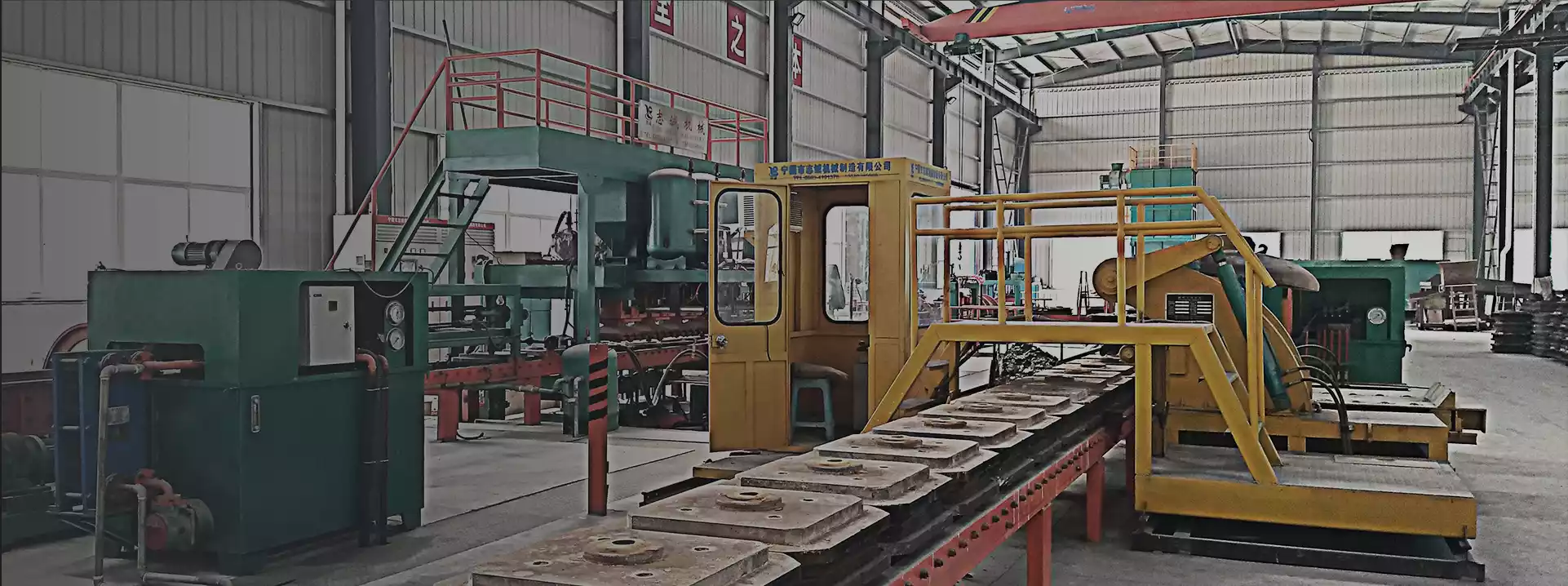The production of grinding media balls is a critical process in various industries, particularly in mining, cement, and mineral processing. An automatic grinding media ball production line comprises several components and machinery that work together to ensure efficiency, precision, and high-quality output. This article provides a detailed overview of the key components involved in this production process, their functions, and the advantages of an automated system compared to traditional manufacturing methods.
Key Components of an Automatic Grinding Media Ball Production Line
1. Raw Material Feeders
Raw material feeders are the initial components of the production line, responsible for supplying the necessary materials, such as steel scrap, iron powder, and other alloys, into the production process.
- Function: These feeders ensure that the raw materials are delivered in a consistent and controlled manner, which is vital for maintaining the quality and uniformity of the grinding media balls. They often feature automated controls to adjust the feed rate based on production requirements, reducing waste and ensuring efficient material usage.
2. Ball Mills
Ball mills are essential for the grinding process, where the raw materials are mixed and ground into a fine powder.
- Function: The primary function of ball mills is to pulverize the raw materials into a uniform size, preparing them for the next stages of production. The grinding process also helps to improve the density and mechanical properties of the final product. In an automated production line, ball mills are equipped with advanced monitoring systems to optimize the grinding process and enhance energy efficiency.
3. Ball Forming Machines
After the grinding process, the next step involves shaping the ground material into balls. This is achieved using specialized ball forming machines.
- Function: These machines compress the powdered material into spherical shapes, ensuring consistent size and quality. Automated systems allow for precise control over the diameter and density of the balls, which is crucial for their performance in industrial applications.
4. Heat Treatment Furnaces
Heat treatment furnaces play a crucial role in enhancing the physical properties of the formed balls, such as hardness and toughness.
- Function: The heat treatment process typically involves heating the balls to high temperatures and then quenching them, which alters their microstructure and improves their mechanical properties. Automated furnaces can regulate temperature and cooling rates, ensuring uniform treatment and minimizing the risk of defects.
5. Cooling and Annealing Equipment
Once the heat treatment is complete, the balls need to be cooled and, in some cases, annealed to relieve stress and improve performance.
- Function: Cooling systems, often integrated with the heat treatment furnaces, allow for controlled cooling to prevent warping or cracking. Annealing equipment may also be employed to enhance the ductility and toughness of the grinding media balls, making them more durable during operation.
6. Quality Control Stations
Quality control stations are vital in an automatic grinding media ball production line, ensuring that the final products meet specific industry standards and customer specifications.
- Function: These stations utilize various testing methods, such as hardness tests, size measurements, and surface quality inspections, to verify the consistency and quality of the grinding media balls. Automated systems can facilitate real-time monitoring and feedback, enabling immediate adjustments to the production process if quality issues arise.
7. Packaging and Storage Systems
Once the grinding media balls have passed quality control, they are prepared for packaging and storage.
- Function: Automated packaging systems streamline the process of packing the balls into bags or containers, ensuring efficient handling and minimizing labor costs. Additionally, automated storage systems can optimize warehouse space and enhance inventory management.
Integration of Components for Streamlined Production
The integration of these components in an automatic grinding media ball production line allows for seamless communication and coordination throughout the manufacturing process. Automated systems enable:
- Real-Time Monitoring: Each component can be monitored in real-time, providing valuable data that can be used to optimize production parameters and identify potential issues before they escalate.
- Process Automation: Automated controls facilitate the smooth transition between different stages of production, reducing downtime and improving overall efficiency.
- Data Management: Advanced software systems can track production metrics, quality data, and equipment performance, allowing manufacturers to make informed decisions and adjustments to enhance productivity.
Benefits of an Automated System Over Traditional Methods
Transitioning from traditional manual methods to an automated grinding media ball production line offers numerous advantages:
- Increased Efficiency: Automation reduces the time and labor required for each production step, leading to higher output rates and reduced operational costs.
- Improved Quality: Automated systems ensure consistent production parameters, resulting in uniform and high-quality grinding media balls that meet industry standards.
- Enhanced Safety: Automation minimizes human intervention in potentially hazardous processes, reducing the risk of workplace accidents and improving overall safety.
- Flexibility and Scalability: Automated production lines can be easily adjusted to accommodate different product specifications or increased production demands, providing manufacturers with greater flexibility.
- Reduced Waste: Automated systems optimize material usage and minimize scrap, contributing to more sustainable production practices.
Conclusion
An automatic grinding media ball production line is a complex system comprising various components that work together to produce high-quality grinding media balls efficiently. Each component, from raw material feeders to quality control stations, plays a crucial role in enhancing the production process. By embracing automation, manufacturers can achieve improved efficiency, consistent quality, and reduced operational costs, making it a vital investment for the future of grinding media production.

